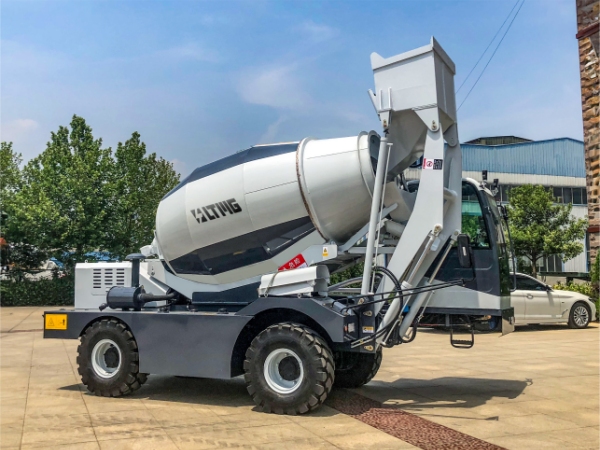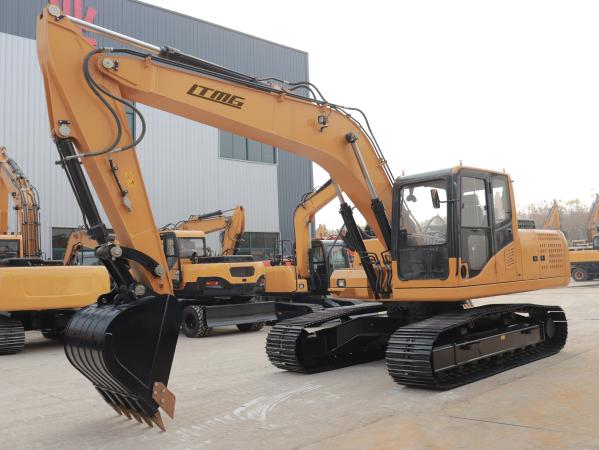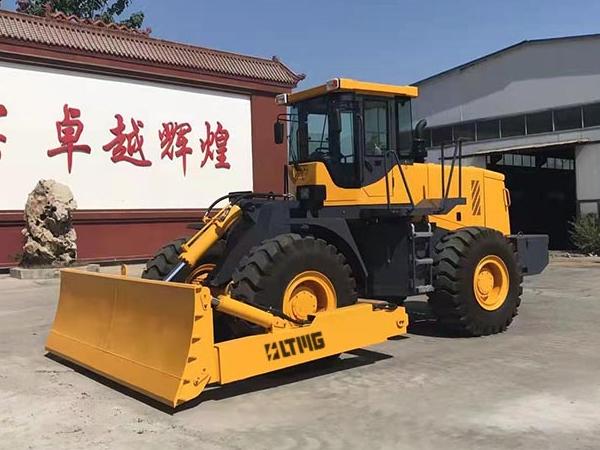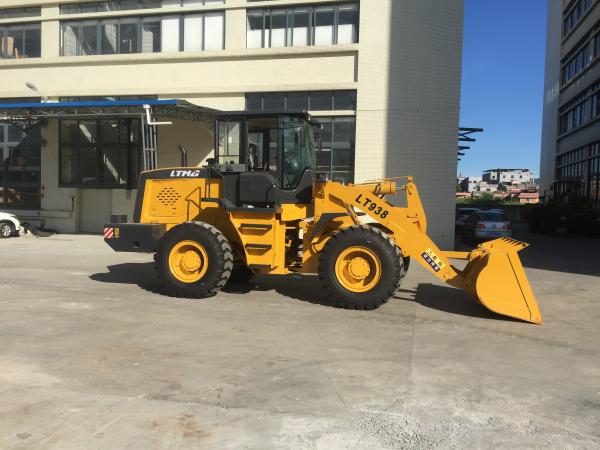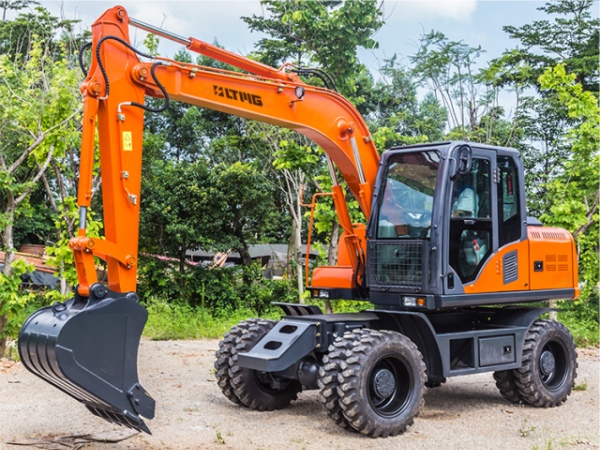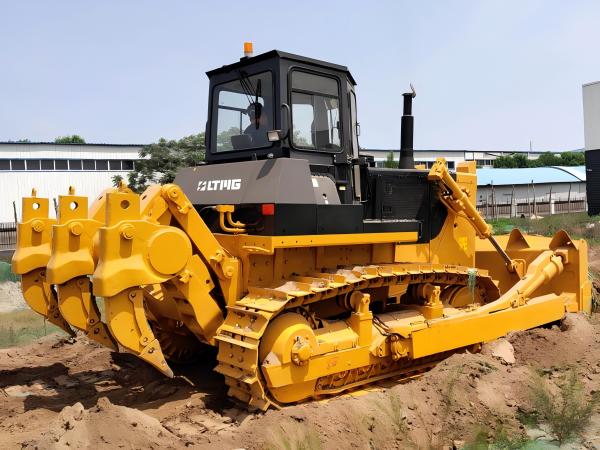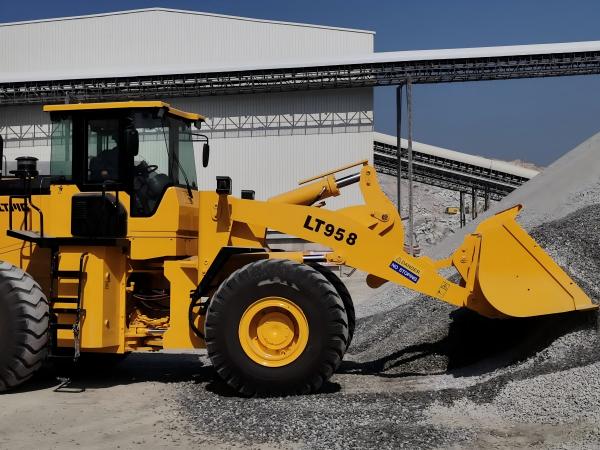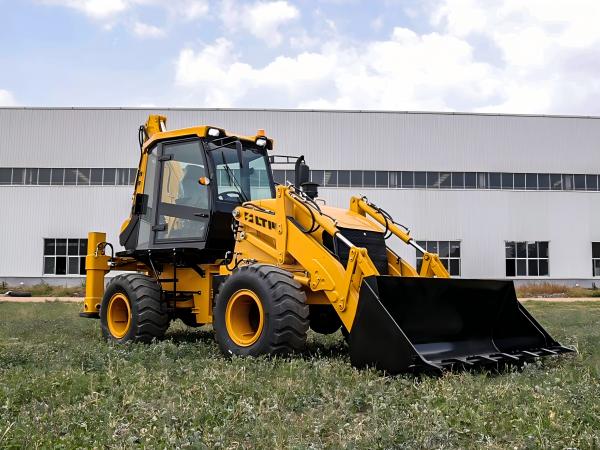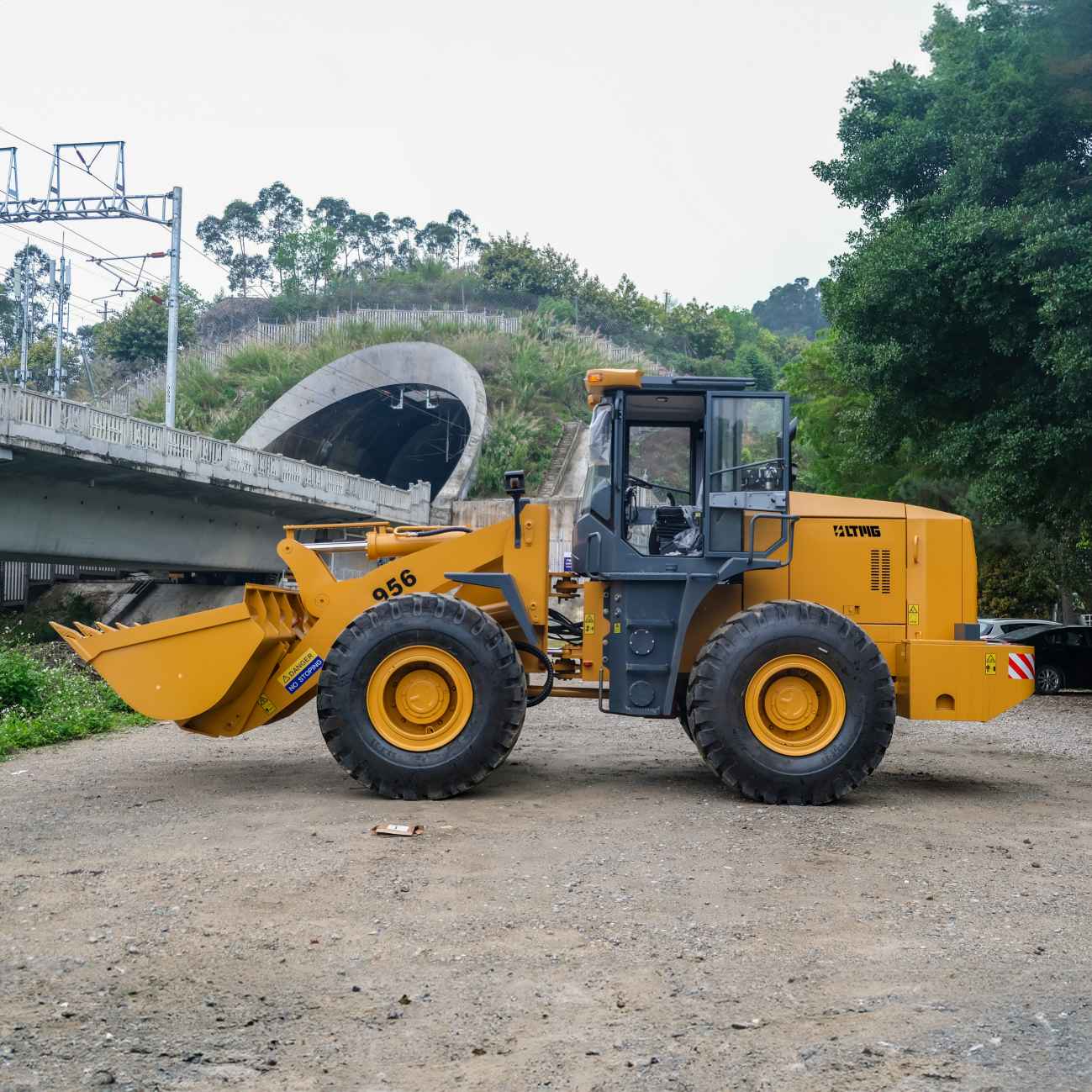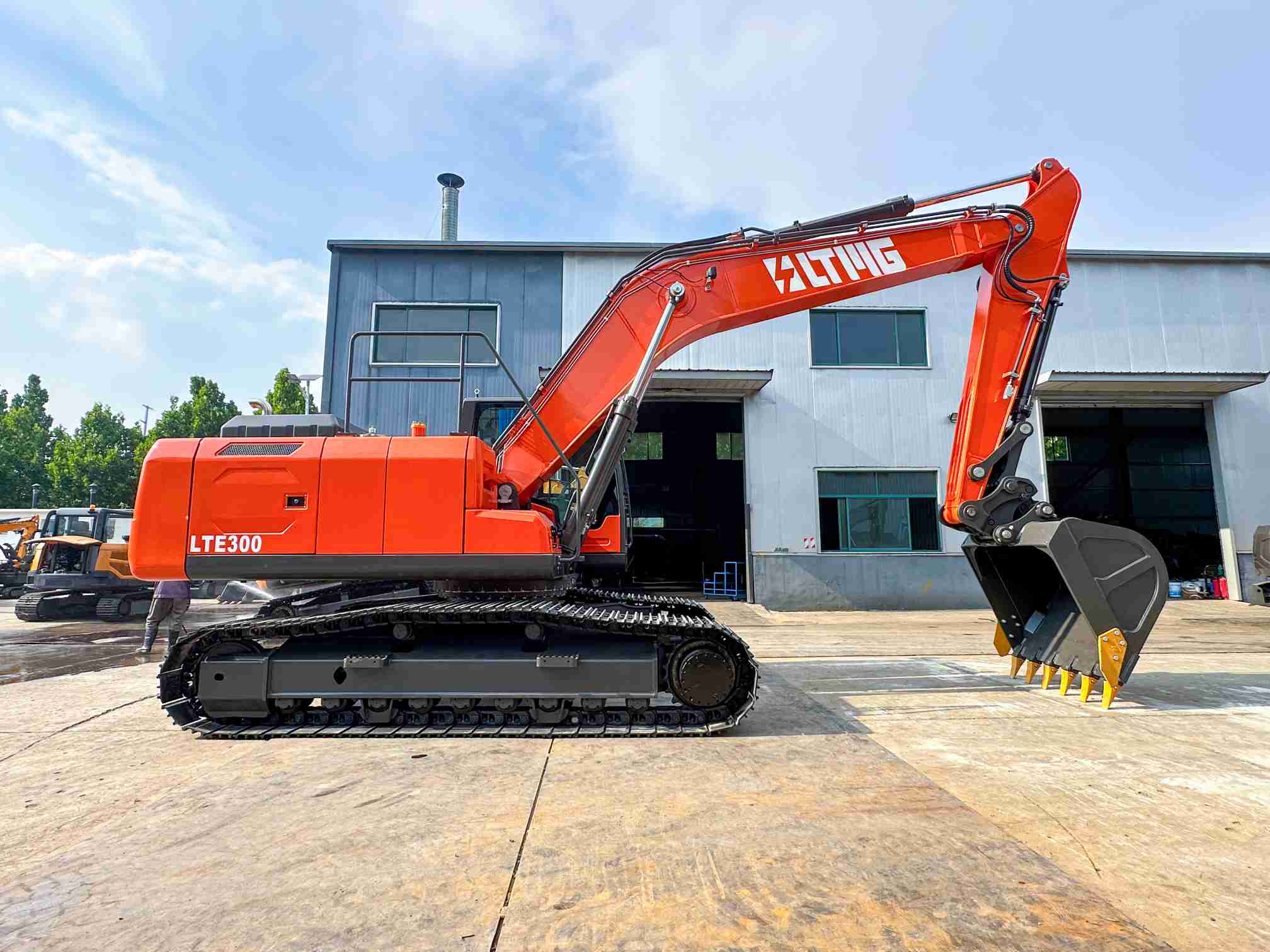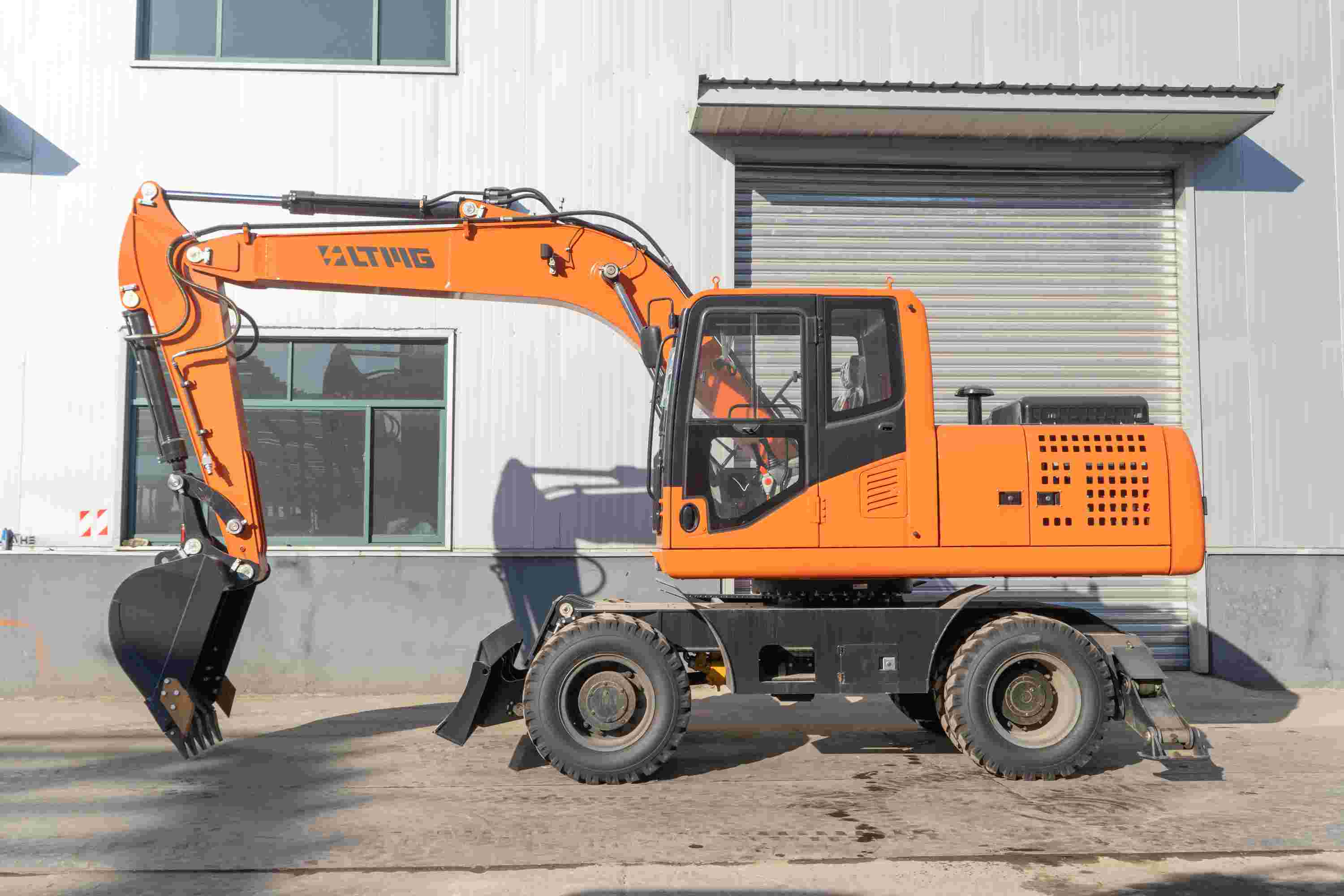Differences Between Wheel Excavators and Crawler Excavators: A Comprehensive Analysis
Jan 21, 2025
Excavators are among the most common and essential machines in the construction and heavy equipment industry. Broadly, excavators can be divided into two types: wheeled excavators and crawler excavators. While they may look similar at first glance, there are significant differences in terms of design, operational methods, and suitability for different tasks. Understanding these differences is crucial when choosing the right machine for various job sites and conditions.
Basic Definitions and Working Principles
A wheel excavator is a type of excavator that uses a wheeled chassis. It is equipped with rubber tires, providing higher mobility and flexibility, making it ideal for faster transportation and maneuvering on solid, paved surfaces. The working principle of a wheeled excavator is similar to that of other excavators, with hydraulic systems controlling the digging bucket, arm, and rotation parts for various excavation tasks.
On the other hand, a crawler excavator uses a set of tracks or crawlers as its moving mechanism. The tracks provide a larger surface area that helps distribute the weight of the machine more evenly. This design improves stability and traction, allowing crawler excavators to perform well on uneven or soft ground, where wheeled machines may struggle. The track system also reduces the risk of sinking into the ground or tipping over, making crawler excavators more suitable for harsh or off-road environments.
Key Differences
1. Mobility and Suitability for Different Terrain
One of the biggest advantages of wheel excavators is their high mobility. These machines are fast, with a top speed often exceeding 30 km/h. This makes them ideal for short-distance travel on flat, solid surfaces like urban streets or construction sites. Wheeled excavators are also perfect for tasks that require frequent relocation or moving between different job sites.
In contrast, crawler excavators have lower travel speeds, typically ranging from 5 to 8 km/h. However, their slower pace is compensated by superior stability and ability to handle rough, soft, or uneven terrains. Crawler excavators perform well in areas like marshes, forests, or mountainous regions, where their tracks provide better grip and support.
2. Stability and Load-Bearing Capacity
Crawler excavators are generally more stable than wheeled machines. The large surface area of the tracks distributes the weight of the machine evenly, preventing it from sinking into soft ground. This makes them ideal for heavy-duty tasks like digging in soft soil or deep excavation. Their enhanced stability also allows them to work safely on slopes or uneven surfaces.
Wheel excavators, on the other hand, are more prone to instability, especially when working on soft or slippery ground. While they are well-suited for hard and paved surfaces, they may struggle to maintain balance on challenging terrains. As a result, wheeled excavators are better suited for light to medium-duty tasks on solid ground, while crawler excavators excel in more rugged environments.
3. Fuel Efficiency and Operating Costs
In terms of fuel efficiency, wheeled excavators typically consume less fuel due to their lighter weight and faster travel speeds. Their operating costs tend to be lower, especially for projects that require frequent movement over short distances. The ability to quickly move from one location to another saves both time and fuel, making wheeled excavators more cost-effective for short-term projects or tasks that involve minimal heavy digging.
On the other hand, crawler excavators are generally more fuel-intensive. Due to their heavier weight and slower travel speeds, they consume more fuel during operation. However, for long-duration projects that require heavy digging or operations in tough environments, the higher fuel consumption is often outweighed by the crawler’s superior performance and stability.
4. Maintenance and Durability
Wheeled excavators are relatively easy to maintain. The simple design of the wheels means that tire replacements and maintenance are straightforward and generally more affordable. However, tires wear out faster in challenging terrain, which can increase the frequency of tire replacements and the overall maintenance cost if the excavator is used on uneven or rough surfaces.
Crawler excavators, while more complex in design, tend to be more durable and better suited for long-term use in harsh conditions. Tracks and chains are built to withstand tough environments, but they require more maintenance, such as regular checks and replacements. The cost of maintaining a crawler excavator is typically higher than a wheeled model, but its performance in demanding conditions justifies this.
Ideal Use Cases for Each Type
Wheel Excavators
1. Urban construction: The high mobility of wheeled excavators makes them perfect for urban construction sites, where fast movement and ease of access to different areas are critical.
2. Roadwork: For road-building projects or other tasks that require frequent travel across hard surfaces, wheeled excavators are an ideal choice due to their speed and efficiency.
3. Industrial zones and factory sites: Wheeled excavators are excellent for use in factories and industrial parks with relatively flat, firm surfaces, where quick travel and maneuverability are key.
Crawler Excavators
1. Mining: Due to their heavy-duty capabilities and stability, crawler excavators are widely used in mining operations that require digging into soft, loose, or rocky soil.
2. Mountainous and rough terrains: In areas with steep slopes, uneven surfaces, or soft ground, crawler excavators provide better stability and traction, ensuring safer operations in these challenging conditions.
3. Large earthmoving projects: For projects involving deep digging or high-volume earth-moving, crawler excavators are often preferred due to their stability under heavy loads.
In summary, both wheeled excavators and crawler excavators offer distinct advantages depending on the project and terrain. Wheeled excavators are faster and more cost-effective on solid, paved surfaces, making them ideal for short-distance travel and light to medium-duty tasks. However, when it comes to working on rough, uneven, or soft ground, crawler excavators are the better option. Their superior stability and load-bearing capacity make them more suitable for heavy-duty tasks in challenging environments.
Understanding the differences between these two types of excavators is essential for selecting the right equipment for your project. By considering factors such as terrain, project duration, fuel efficiency, and operating costs, you can ensure that you choose the most efficient and cost-effective machine for the job. Ultimately, the right choice will depend on your specific needs and the conditions of the work site.
